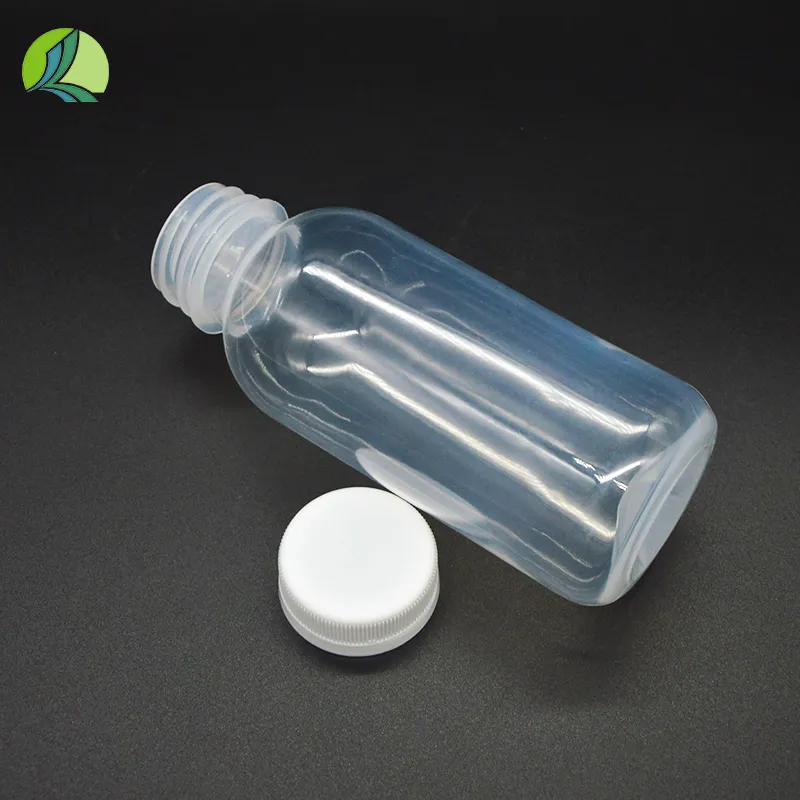
-
 Afrikaans
Afrikaans -
 Albanian
Albanian -
 Amharic
Amharic -
 Arabic
Arabic -
 Armenian
Armenian -
 Azerbaijani
Azerbaijani -
 Basque
Basque -
 Belarusian
Belarusian -
 Bengali
Bengali -
 Bosnian
Bosnian -
 Bulgarian
Bulgarian -
 Catalan
Catalan -
 Cebuano
Cebuano -
 Corsican
Corsican -
 Croatian
Croatian -
 Czech
Czech -
 Danish
Danish -
 Dutch
Dutch -
 English
English -
 Esperanto
Esperanto -
 Estonian
Estonian -
 Finnish
Finnish -
 French
French -
 Frisian
Frisian -
 Galician
Galician -
 Georgian
Georgian -
 German
German -
 Greek
Greek -
 Gujarati
Gujarati -
 Haitian Creole
Haitian Creole -
 hausa
hausa -
 hawaiian
hawaiian -
 Hebrew
Hebrew -
 Hindi
Hindi -
 Miao
Miao -
 Hungarian
Hungarian -
 Icelandic
Icelandic -
 igbo
igbo -
 Indonesian
Indonesian -
 irish
irish -
 Italian
Italian -
 Japanese
Japanese -
 Javanese
Javanese -
 Kannada
Kannada -
 kazakh
kazakh -
 Khmer
Khmer -
 Rwandese
Rwandese -
 Korean
Korean -
 Kurdish
Kurdish -
 Kyrgyz
Kyrgyz -
 Lao
Lao -
 Latin
Latin -
 Latvian
Latvian -
 Lithuanian
Lithuanian -
 Luxembourgish
Luxembourgish -
 Macedonian
Macedonian -
 Malgashi
Malgashi -
 Malay
Malay -
 Malayalam
Malayalam -
 Maltese
Maltese -
 Maori
Maori -
 Marathi
Marathi -
 Mongolian
Mongolian -
 Myanmar
Myanmar -
 Nepali
Nepali -
 Norwegian
Norwegian -
 Norwegian
Norwegian -
 Occitan
Occitan -
 Pashto
Pashto -
 Persian
Persian -
 Polish
Polish -
 Portuguese
Portuguese -
 Punjabi
Punjabi -
 Romanian
Romanian -
 Russian
Russian -
 Samoan
Samoan -
 Scottish Gaelic
Scottish Gaelic -
 Serbian
Serbian -
 Sesotho
Sesotho -
 Shona
Shona -
 Sindhi
Sindhi -
 Sinhala
Sinhala -
 Slovak
Slovak -
 Slovenian
Slovenian -
 Somali
Somali -
 Spanish
Spanish -
 Sundanese
Sundanese -
 Swahili
Swahili -
 Swedish
Swedish -
 Tagalog
Tagalog -
 Tajik
Tajik -
 Tamil
Tamil -
 Tatar
Tatar -
 Telugu
Telugu -
 Thai
Thai -
 Turkish
Turkish -
 Turkmen
Turkmen -
 Ukrainian
Ukrainian -
 Urdu
Urdu -
 Uighur
Uighur -
 Uzbek
Uzbek -
 Vietnamese
Vietnamese -
 Welsh
Welsh -
 Bantu
Bantu -
 Yiddish
Yiddish -
 Yoruba
Yoruba -
 Zulu
Zulu
Petri Dishes Versus Cell Culture Dishes for Laboratory Applications Comparison
Petri Dish vs. Cell Culture Dish Understanding the Differences
In the world of microbiology and cell biology, the choice of the appropriate culture vessel plays a crucial role in the success of experiments. Among the most commonly used vessels are the Petri dish and the cell culture dish, each serving its unique purpose and offering distinct advantages. Understanding the differences between these two types of dishes can help researchers select the best option for their specific needs.
Petri Dish vs
. Cell Culture Dish Understanding the DifferencesOn the other hand, the term cell culture dish generally refers to a variety of flat dishes designed for the growth of adherent mammalian cells. These dishes are usually made of treated polystyrene to provide a surface that promotes cell attachment and growth. Cell culture dishes come in various formats, including multi-well plates, Flasks, and T75 or T175 flasks, each designed to accommodate different scales of cell culture. Unlike Petri dishes, which rely on solid media, cell culture dishes often utilize liquid media that support the growth of cells in suspension or on a surface.
petri dish vs cell culture dish

One of the significant differences between Petri dishes and cell culture dishes lies in their construction and application. Petri dishes are best for pure culture techniques, where researchers need to isolate specific organisms or study the effects of antibiotics and other agents on microbial growth. Their transparent design allows for easy observation of colony growth, size, and morphology from above. However, because they are typically open to the atmosphere, they can be more susceptible to contamination if not handled properly.
In contrast, cell culture dishes are engineered for the growth of mammalian cells, which require a controlled environment for optimal growth and differentiation. These dishes often include specialized features such as surfaces treated for enhanced cell adhesion or coatings that mimic the extracellular matrix. Some dishes even come with lids designed to allow for gas exchange while minimizing contamination risk. The use of standard culture media containing serum and growth factors makes these dishes more suitable for complex cell biology experiments than traditional Petri dishes.
Another notable difference is in the scale of operation. Petri dishes are often employed in smaller-scale experiments, such as antibiotic susceptibility tests or microbial assays, where a large number of colonies may not be necessary. Conversely, cell culture dishes are designed for scaling up cell culture processes, allowing for the production of large cell populations that can be used for further analysis, drug testing, or biomanufacturing applications.
In summary, while both Petri dishes and cell culture dishes serve as essential tools in microbiology and cell culture, their applications vary significantly. Choosing the appropriate vessel depends largely on the specific goals of the experiment, whether it involves studying microbial growth patterns or cultivating mammalian cells for research and development. Understanding these differences empowers researchers to maximize the efficiency and effectiveness of their experiments, leading to advancements in life sciences.
-
ScienceLabSupplies Premium Small Medicine Bottles & Lab EquipmentNewsApr.29,2025
-
Empty Pill Containers Durable, Leak-Proof & Portable Pill StorageNewsApr.29,2025
-
Petri Dishes Key Uses in Lab & Microbiology Experiments Sterile & DurableNewsApr.29,2025
-
Premium Metal Dropper Bottles - 50ml & 250ml SizesNewsApr.28,2025
-
Small Liquid Medicine Containers Leak-Proof & Durable DesignNewsApr.28,2025
-
Secure Medication Travel Container TSA Approved, Compact & Leak-ProofNewsApr.28,2025






















